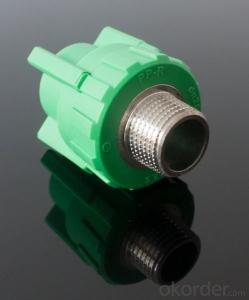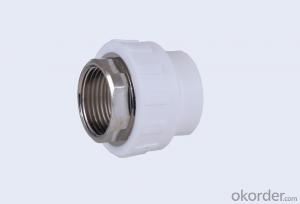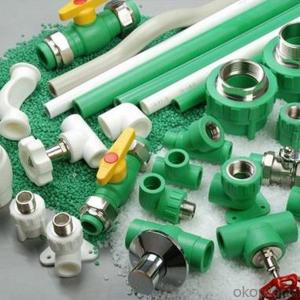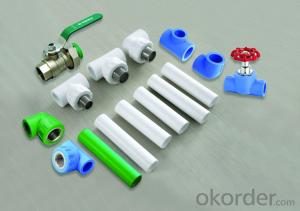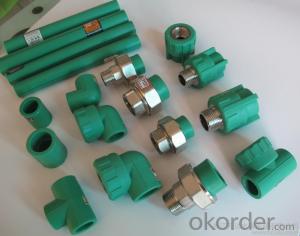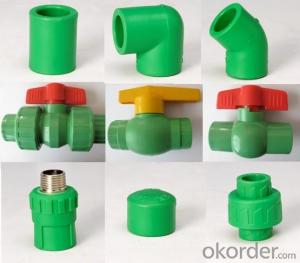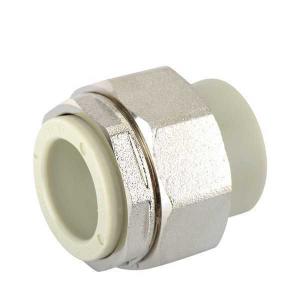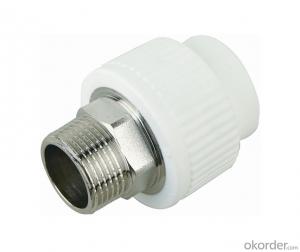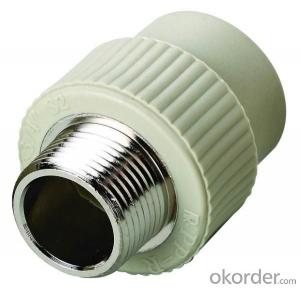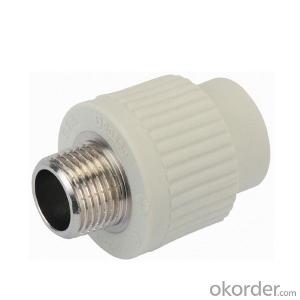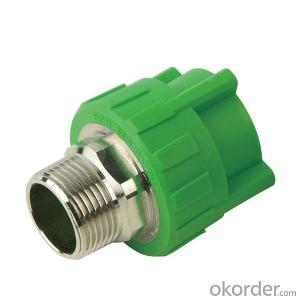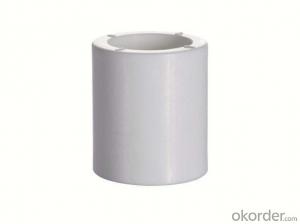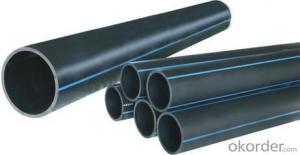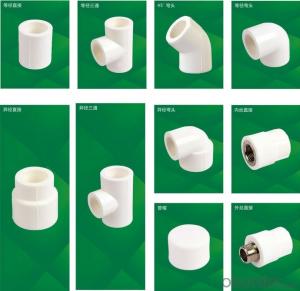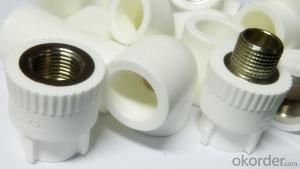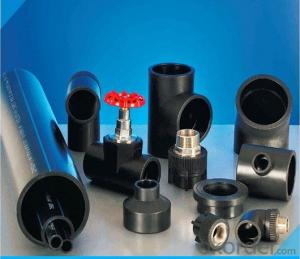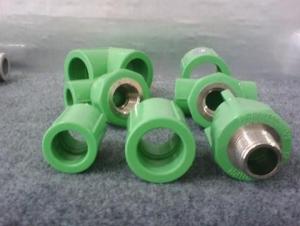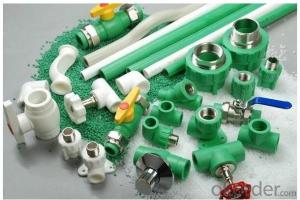2024 New Underground Plastic Gas Pipe Fittings Female Coupling and Equal Coupling
- Loading Port:
- Tianjin
- Payment Terms:
- TT OR LC
- Min Order Qty:
- 1000 pc
- Supply Capability:
- 100000 pc/month
OKorder Service Pledge
Quality Product, Order Online Tracking, Timely Delivery
OKorder Financial Service
Credit Rating, Credit Services, Credit Purchasing
You Might Also Like
- Q: Are plastic pipe fittings resistant to thermal expansion and contraction?
- Yes, plastic pipe fittings are generally resistant to thermal expansion and contraction. However, the degree of resistance may vary depending on the type of plastic used and the specific application. It is important to consider the temperature range and potential thermal stresses to ensure proper installation and prevent any potential issues.
- Q: Are plastic pipe fittings prone to leaks?
- Plastic pipe fittings are generally not prone to leaks if properly installed and maintained. However, like any other type of plumbing fitting, they can develop leaks over time due to various factors such as incorrect installation, excessive pressure, corrosion, or deterioration. Regular inspection and timely replacement of worn-out fittings can help prevent leaks and ensure the longevity of the plumbing system.
- Q: Can plastic pipe fittings be used for radiant cooling systems?
- Yes, plastic pipe fittings can be used for radiant cooling systems. Plastic fittings are commonly used in these systems due to their durability, corrosion resistance, and ease of installation. Additionally, plastic fittings are compatible with the various types of plastic pipes commonly used in radiant cooling systems, such as PEX or CPVC.
- Q: Can plastic pipe fittings be used in compressed air systems?
- No, plastic pipe fittings should not be used in compressed air systems as they are not designed to handle the high pressures and potential stress that can occur in such systems. It is recommended to use metal pipe fittings specifically designed for compressed air applications to ensure safety and reliability.
- Q: Are plastic pipe fittings resistant to extreme temperatures?
- Yes, plastic pipe fittings are generally resistant to extreme temperatures. However, the specific type of plastic used in the fittings can determine the extent of their temperature resistance. Some plastic materials are designed to withstand high temperatures, while others may have limitations. It is advisable to consult the manufacturer's specifications or guidelines for the specific plastic pipe fittings in question to determine their temperature resistance capabilities.
- Q: Can plastic pipe fittings be used in culvert systems?
- Yes, plastic pipe fittings can be used in culvert systems. Plastic pipe fittings are commonly used as they are lightweight, resistant to corrosion, and easy to install. They can effectively connect and redirect the flow of water in culvert systems, making them a suitable choice for various applications.
- Q: Can plastic pipe fittings be used in fire escape systems?
- No, plastic pipe fittings cannot be used in fire escape systems. Fire escape systems require materials that are resistant to high temperatures and can withstand the effects of fire. Plastic pipe fittings are not designed to meet these safety requirements and can pose a significant risk in the event of a fire.
- Q: Are plastic pipe fittings resistant to scale and sediment buildup?
- Yes, plastic pipe fittings are generally resistant to scale and sediment buildup. The smooth inner surface of plastic pipes reduces the likelihood of deposits forming, ensuring long-term functionality and minimizing maintenance requirements.
- Q: How do plastic pipe fittings compare to polybutylene fittings?
- Plastic pipe fittings and polybutylene fittings are both commonly used in plumbing systems, but they have some differences. Plastic pipe fittings are typically made from PVC (polyvinyl chloride) or CPVC (chlorinated polyvinyl chloride), while polybutylene fittings are made from a type of plastic called polybutylene resin. In terms of durability, plastic pipe fittings are generally more resistant to chemicals, heat, and pressure compared to polybutylene fittings. Plastic fittings also tend to be less prone to corrosion, making them a more reliable option for long-term use. Polybutylene fittings, on the other hand, were widely used in residential plumbing systems in the past but have since fallen out of favor due to concerns about their long-term reliability. Polybutylene has been associated with issues such as brittle pipes, leaks, and ruptures, particularly when exposed to chlorine or other chemicals commonly found in water supplies. Overall, plastic pipe fittings are considered a safer and more durable choice for plumbing systems compared to polybutylene fittings. It's important to consult with a professional plumber or adhere to local building codes when selecting fittings to ensure the best choice for your specific plumbing needs.
- Q: Can plastic pipe fittings be used for rainwater harvesting systems?
- Yes, plastic pipe fittings can be used for rainwater harvesting systems. They are commonly used due to their durability, affordability, and resistance to corrosion. Plastic fittings can effectively connect pipes and components in a rainwater harvesting system, ensuring proper collection and distribution of rainwater.
Send your message to us
2024 New Underground Plastic Gas Pipe Fittings Female Coupling and Equal Coupling
- Loading Port:
- Tianjin
- Payment Terms:
- TT OR LC
- Min Order Qty:
- 1000 pc
- Supply Capability:
- 100000 pc/month
OKorder Service Pledge
Quality Product, Order Online Tracking, Timely Delivery
OKorder Financial Service
Credit Rating, Credit Services, Credit Purchasing
Similar products
Hot products
Hot Searches
Related keywords
